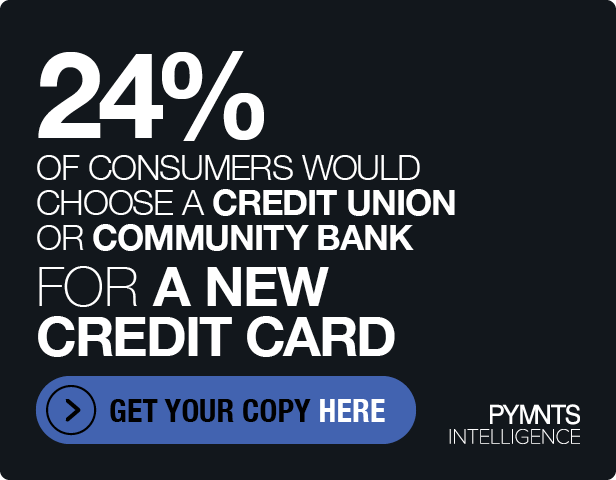Beauty Subscriptions Are First to Go as Consumers Reduce Spending

As consumers reevaluate subscriptions amid inflation, new data shows beauty memberships are the most vulnerable.
In fact, a greater share of customers is cutting out their subscriptions to beauty products than to any other kind of product or service, according to the November edition of the Subscription Commerce Conversion Index study, “The Subscription Commerce Conversion Index: Subscribers Seek Affordability and Convenience,” a PYMNTS and sticky.io collaboration.
Get the study: The Subscription Commerce Conversion Index: Subscribers Seek Affordability and Convenience
The study, drawn from a survey of more than 2,100 U.S. consumers, found that, of the 58% who hold beauty product subscriptions, 27% plan to cancel in the next 12 months. In contrast, a lower 25% of clothes and accessories subscribers, 24% of food and beverage subscribers, 23% of toys and entertainment subscribers, 16% of pet supplies subscribers and 10% of Amazon Subscribe & Save users said the same.
Yet even as consumers cut back on their beauty subscription spending, more businesses are entering the space. Beauty retailer Sephora, for instance, rolled out a subscription-based membership called Sephora Same-Day Unlimited in September. The program lets customers have products delivered to their homes in as little as two hours.
Similarly, in the United Kingdom, fast fashion retailer PrettyLittleThing launched a makeup and skincare subscription, Beauty Box, the month prior. More recently, Condé Nast publication Allure has been pushing its Beauty Box, announcing a holiday deal on Thursday (Dec. 1).
The most common reason subscribers have for wanting to cancel their subscription, according to the study, is that they are looking to reduce their expenses, with 34% of those who have cut back citing this as a motivation. The second most common reason is that the product cost increased and became too expensive. With so much belt-tightening, subscription services are forced to work harder to connect with new and existing customers.
Some are doing this by absorbing prices for products that appeal to lower-income consumers. Omnichannel cosmetics firm e.l.f. Beauty, for instance, said in September that the company chose not to increase prices on roughly one-third of its least expensive entry-level items while simultaneously raising them on higher-cost merchandise.
“Customer acquisition has just continued to get more and more competitive over time,” Allison Vigil, president of Rocksbox, a monthly subscription service that rents jewelry to customers with an option to buy, told PYMNTS in an interview in August. “As that acquisition has gotten more challenging, it’s become even more important to retain the customers that we’re working so hard to find.”
It has only grown more challenging since then. In fact, the survey revealed that the average number of subscriptions per retail subscriber has dropped to the lowest level since early 2021.
In an interview for PYMNTS’ “Subscription Commerce Tracker®,” a collaboration with Vindicia, Juan Palacio, CEO of BloomsyBox, argued for making it as easy as possible for consumers to cancel or pause their subscriptions so as to maintain relationships with them in better economic times.
“Be completely open, be flexible with your customers, let them manage their subscriptions as openly and as flexibly as possible,” Palacio said. “That’s probably the best way to go about this.”
